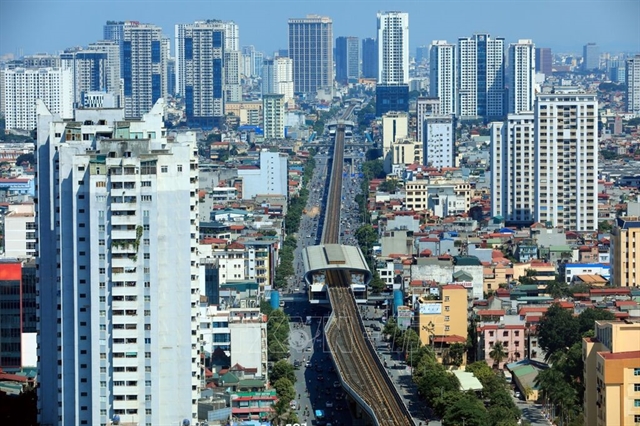 Economy
Economy

HDBank continuously posted record high profit in 2016, making it the most successful case in the country’s bank restructuring.
 |
| HDBank’s pre-tax profit in 2016 surged by up to nearly 63 per cent against the previous year to VNĐ1.282 trillion (US$51.9 million). — Photo tuvantaichinh247.com |
HÀ NỘI — HDBank continuously posted record high profit in 2016, making it the most successful case in the country’s bank restructuring.
The bank’s pre-tax profit in 2016 surged by up to nearly 63 per cent against the previous year to VNĐ1.282 trillion (US$51.9 million).
For the past three consecutive years, HDBank made high profits following a merger with DaiABank and the acquisition of Société Générale Viet Finance (SGVF) a few years ago.
The bank’s total assets by the end of 2016 doubled against 2014 to more than VNĐ152 trillion. Its non-performing loan ratio was also controlled at 1.65 per cent.
The bank’s representatives attributed the success to its merger with a good bank and effective business strategies, including the acquisition of a finance company.
Following the merger with DaiABank, HDBank has become a medium-sized bank, with total assets of some VNĐ70 trillion and a network of 220 counters.
Right after the merger, HDBank also successfully set up effective business strategies with the acquisition of a foreign wholly-owned finance company and then co-operated with a Japanese partner to boost a finance company called HD Saison that currently has more than 6,000 counters nationwide.
The HD Saison finance company enabled HDBank to earn profits of VNĐ175 billion in 2014, VNĐ280 billion in 2015 and more than VNĐ440 billion in 2016.
Owing to the good business performance, the State Bank of Việt Nam allowed HDBank to pay dividends of 5 per cent in 2014 and 10 per cent in 2015.
In 2017, HDBank has targeted increasing total assets to VNĐ193.3 trillion and profit to VNĐ1.64 trillion. It also expects to lower bad debt ratio to 1.5 per cent. — VNS




